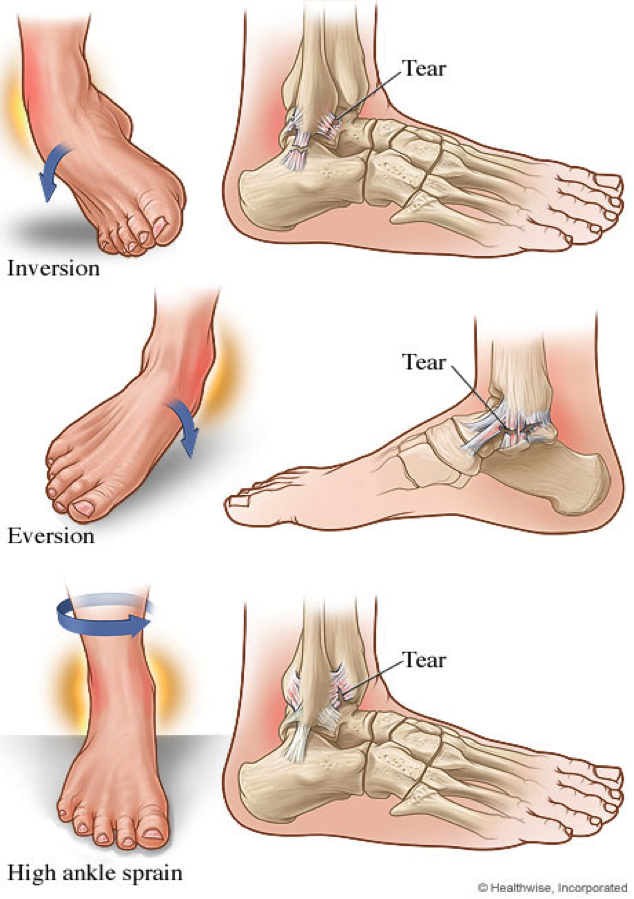The popularity of tennis continues to increase each year in New Zealand. It’s a terrific game to play no matter what age you are! Given more people are playing than ever, it seemed like a good time to take another look at one of the most common injuries that occur in the sport of tennis – ankle sprains.
Some of you may have experienced an ankle sprain. It is common in tennis because of the sudden changes in direction, the acceleration and deceleration of movements and general fatigue from these types of movement. These factors all contribute to placing increased stress on the stability structures around the ankle joint. A sprain of the ankle involves injury to the soft tissue structures that provide support to the ankle. This includes ligaments (of which there are 11 around the ankle joint) and musculotendinous complexes such as the peroneals.

The direction you go over on your ankle generally determines which soft tissues structures are injured around the ankle. An inversion injury is one where you roll outwards causing the ligaments on the outside of the ankle (the lateral ligament) to become overstretched and injured.
An eversion injury is where the ankle rolls inwards causing strain on the larger medial or deltoid ligament.
A high ankle strain is usually as a result of the foot staying planted while the rest of the body rotates away from it. This causes damage to the ligaments that connect between the lower end of the tibia and fibula bones.
In an ankle sprain the ligaments are placed under an abnormal amount of tension causing them to either become overstretched, or going beyond that to tearing from mild to full rupture of the ligament. Clearly the more damage done to the ligaments, the greater the length of rehabilitation.
Treatment
Early management in these injuries is important. Rest, ice, compression and elevation are all important in the initial 48hours post injury. During this time it is advisable not to take any anti-inflammatories, as you want your body to start the healing process by activating the inflammatory response.
Physiotherapy plays an important part in the rehabilitation from these injuries, from restoring movement, reducing swelling, developing strength and proprioception around the ankle. Strength and balance work (proprioception) give you the confidence that you can return to playing sport without any further problems. Sometimes if the ligaments are badly damaged then it can be helpful to wear ankle supports while playing sport.
For a thorough assessment and rehabilitation plan, book an appointment here at Ponsonby Physiotherapy. Call us at 09 378 6890 or you can make a booking online.




